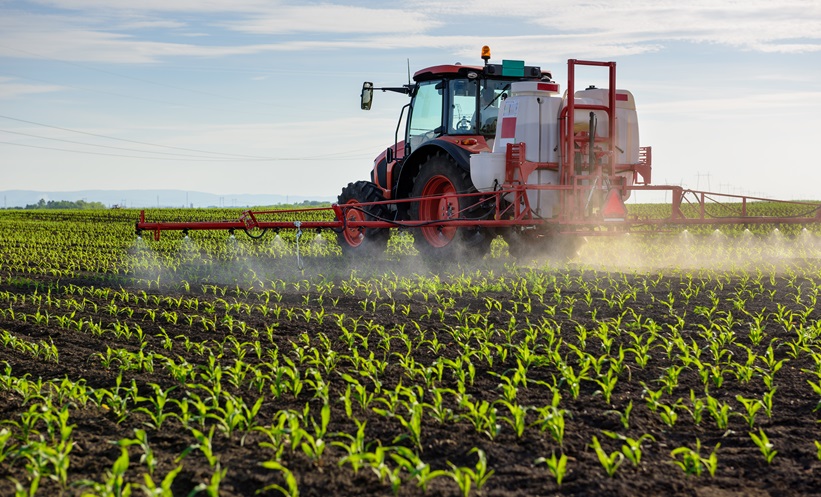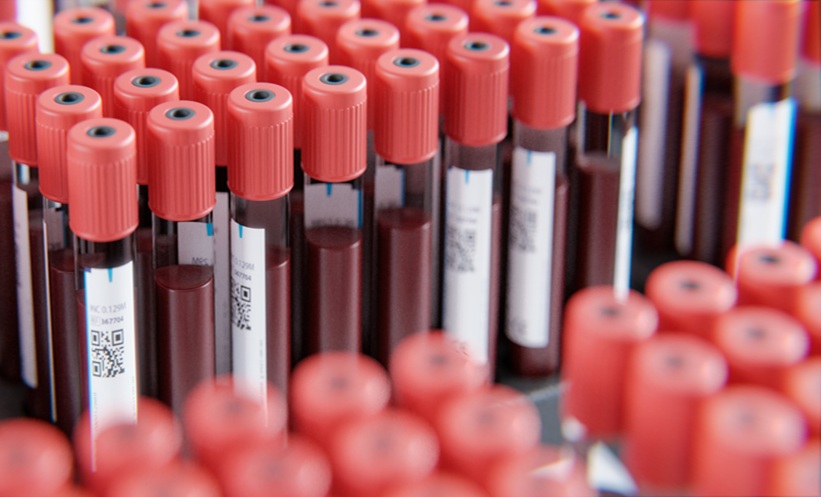NEW research has revealed potential links between agricultural pesticide exposure and higher rates of prostate cancer among men in the USA. This study has identified several chemicals that may contribute to both prostate cancer incidence and mortality, signalling a pressing need for further investigation.
remains the most common cancer affecting men in the USA, yet identifying avoidable risk factors has proved challenging. This environment-wide association study (EWAS) used linear regression to assess county-level data from two periods to investigate the relationship between pesticide use and prostate cancer rates. The ‘discovery’ cohort analysed pesticide use from 1997–2001 and cancer outcomes from 2011–2015, while the ‘replication’ cohort examined pesticide data from 2002–2006, with outcomes from 2016–2020.
Researchers adjusted their analyses for demographic and agricultural variables, along with multiple testing, to isolate the impact of individual pesticides. Of the 295 pesticides analysed, 22 were found to be consistently associated with increased prostate cancer incidence across both timeframes. Of these, four pesticides (trifluralin, cloransulam-methyl, diflufenzopyr, and thiamethoxam) also correlated with heightened mortality rates in the replication cohort.
According to the study’s findings, a one-standard-deviation increase in pesticide use correlated with notable increases in prostate cancer cases per 100,000 individuals: trifluralin by 6.56 (95% CI: 5.04–8.07), cloransulam-methyl by 6.18 (95% CI: 4.06–8.31), diflufenzopyr by 3.20 (95% CI: 1.09–5.31), and thiamethoxam by 2.82 (95% CI: 1.14–4.50). These associations suggest that even modest increases in pesticide exposure could impact cancer risk and outcomes.
While the study’s ecological design means individual exposure data is lacking, the results underline the urgency of examining these chemicals further. The authors highlight the need for targeted public health initiatives to address these potential risks and call for deeper investigations to verify the findings. This research could open new pathways for understanding prostate cancer’s environmental factors, particularly in agricultural regions, and shape future prevention strategies.
Reference
Soerensen et al. Pesticides and prostate cancer incidence and mortality: an environment-wide association study. Cancer. 2024;DOI:10.1002/cncr.35572.








